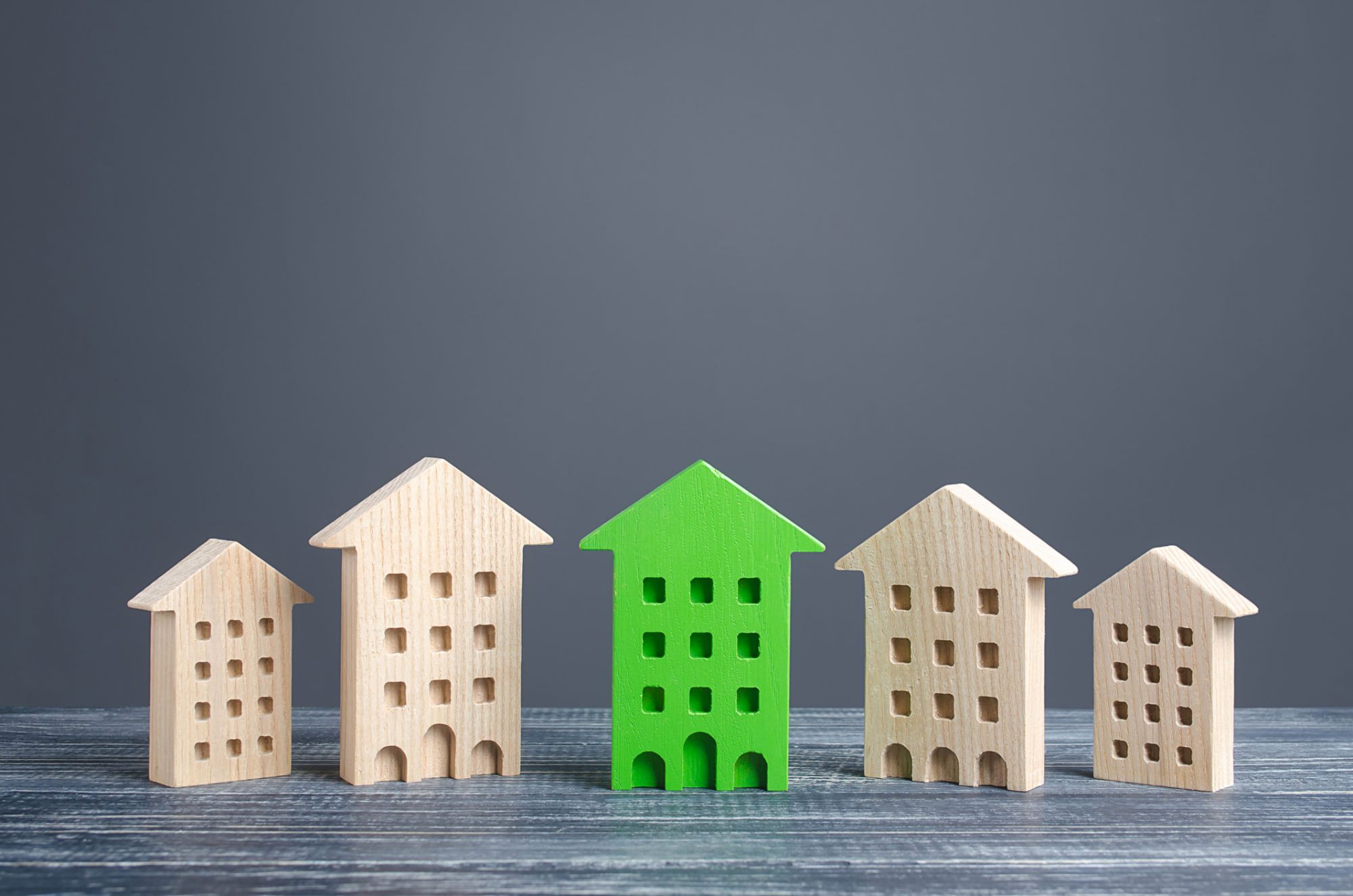As construction net zero targets loom large, the stark reality of what it will take to get there is creeping in. The UN Secretary General recently stated that “some government and business leaders are saying one thing – but doing another”. Adam Savitz of Johnson Controls examines how businesses can meet the challenge
Recent research which surveyed over 2,000 sustainability leaders revealed that the average target date set for organisations to implement or mature their sustainability programmes is 2024. As the clock ticks ever louder, in reality this gives businesses just two years to get the wheels of a robust strategy in motion to really stand a chance of scaling up efforts meaningfully. And as pressure mounts on the business world for climate leadership, there are growing concerns that despite pledges and best intentions, many are flying blind without a real actionable roadmap to success at play.
Even before COP26, the net zero conversation has been firmly on the agenda – and nobody is forgetting the aggressive targets organisations have laid out, particularly to halve emissions by 2030.
Even a Lords committee concluded recently that the UK will likely miss net zero targets without urgent action.
It is clear that actionable and costed measures are falling far short of ambition. However, the issues do not only lie in whether it is possible to transition at the speed and scale required.
A lack of alignment and software to track data is preventing companies from measuring results and monitoring progress. And it’s here that the old adage “you can’t change what you can’t measure” rings true.
Energy crisis is hindering construction net zero targets
The ongoing energy crisis is also hindering the transition for businesses across the UK to net zero as prices surge, but if businesses start making progress with energy efficiency solutions, costs can be lowered in the long run.
To add to this already perfect storm, a shortage of expertise and difficulties in scaling up are major stumbling blocks for organisations getting their sustainability journeys underway, as well as those looking to make real progress to zero.
Embracing sustainability creates opportunities for businesses far beyond efficiency and compliance. Organisations that implement and succeed in their sustainability targets will reap the rewards of stakeholder, investor, employee, and customer trust while gaining a competitive advantage.

Our recent research with Forrester found that while addressing regulatory requirements and reducing cost through efficiencies were investment drivers, the top driver to prioritise sustainability performance is attracting customers who make decisions based on sustainable corporate values (70%). It is clear that companies who can deliver on their sustainability targets will set themselves apart from the rest and win against those not succeeding in the market.
However, failing to achieve publicly stated targets may leave organisations in a worse spot than before. Customers, investors, employees, partners and shareholders have increased expectations for companies to match words with action. And once trust is broken, it’s very hard to rebuild. It’s why companies cannot fall short of their goals and must clearly demonstrate any progress they’ve made. Not only for their own success but to limit global warming and mitigate the effects of climate change for all of our futures. The only way to press forward is to make realistic and achievable goals and then set out a clear strategy to ensure success and act on it by investing in efficiency, optimisation and onsite and offsite renewables. After all, actions speak louder than words.
Overlapping sustainability and digitalisation
Sustainability initiatives target challenges such as decarbonisation, the move to a circular economy and increased health and safety performance, while most digitalisation programs have productivity boosts, lower costs and enhanced operational predictability as their main goals. But businesses need to begin looking at solving these two issues holistically. Render sustainability and digitalisation as a Venn diagram, and you’ll quickly see the area where they intersect: efficiency.
The first step for a large company aiming to decarbonise its operations is to reduce demand – energy efficiency measures and optimisation. From there, businesses could lower consumption which is increasingly important in today’s climate and could play a decisive factor in brand loyalty and customer retention as the world looks to businesses for leadership.
Sustainability is no longer an opt-in for the world’s companies; it needs to be part of their DNA. And right now, the major theme of sustainability is decarbonisation, plus nature/biodiversity and inequality. The 2010s were the warmest decade yet recorded, with 2016, the year in which the Paris Agreement was signed, ranking as the hottest 12-month period ever.
There is a strong incentive for companies to act quickly for business success and the health of the planet. The earliest movers can expect a “sustainability premium” from their enhanced Environmental, Social, and Governance (ESG) credentials because they will make themselves more attractive to investors. But the real winner is the planet: If the world takes meaningful action on sustainability today, it can stave off climate catastrophe tomorrow. The construction net zero goals we’ve all set out can be achieved, but only if we act now. We’ve heard the promises, it’s now time to walk the walk.
Adam Savitz
Sustainability director EMEALA
Johnson Controls














